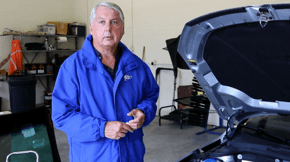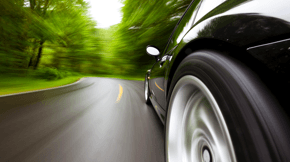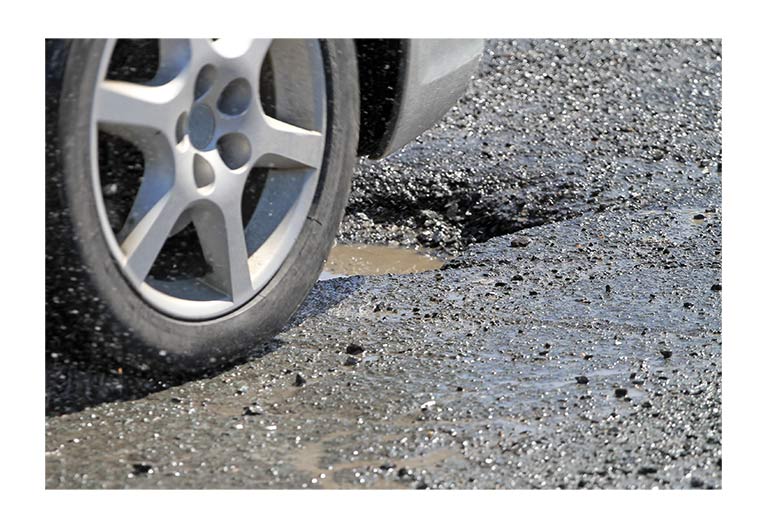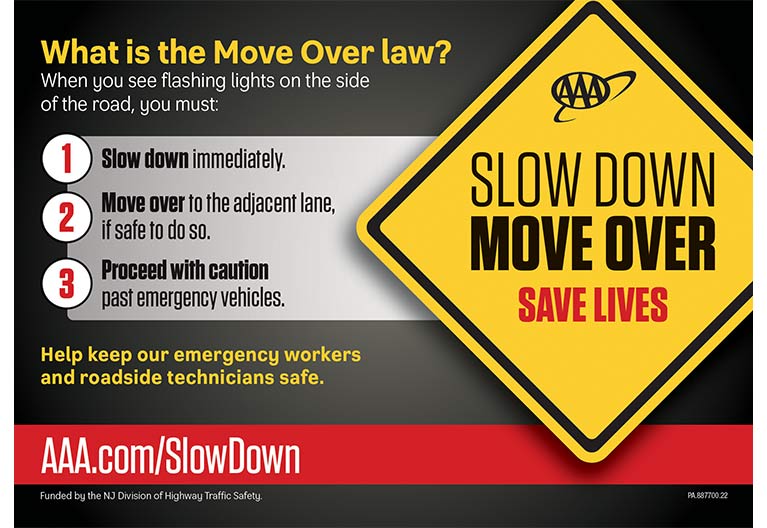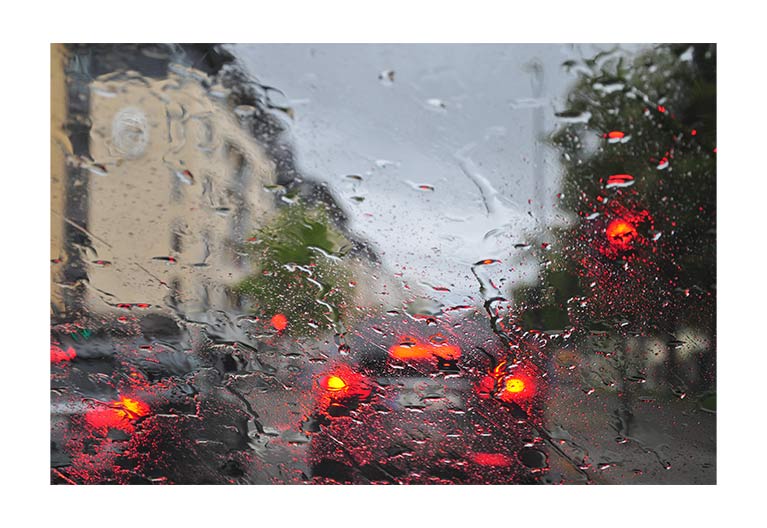While potholes can occur any time of year, they are most prevalent in the Northeast in late winter or early spring. Heavy traffic, aging pavement and frequent patching can lead to cracks. During the winter, snow and water fill those cracks and freeze, expanding and moving the pavement. Once the spring thaw starts melting the ice in the pavement, potholes appear.
Avoiding potholes is difficult and sometimes impossible. Should you drive into one, you may damage your vehicle’s exhaust system, suspension, alignment and/or tires and rims. From a safety standpoint, many drivers swerve quickly to avoid potholes, which can cause serious crashes. And driving into a pothole unexpectedly can cause a driver to lose control, leading to additional danger.
Try to avoid potholes by staying alert and attentive behind the wheel. If you see a pothole, state departments of transportation encourage you to report the locations so maintenance can be scheduled. Make sure you pull off the road to a safe place before making a report. Additionally, in some states vehicle owners can file a claim to request reimbursement for damage resulting from hitting a pothole.



